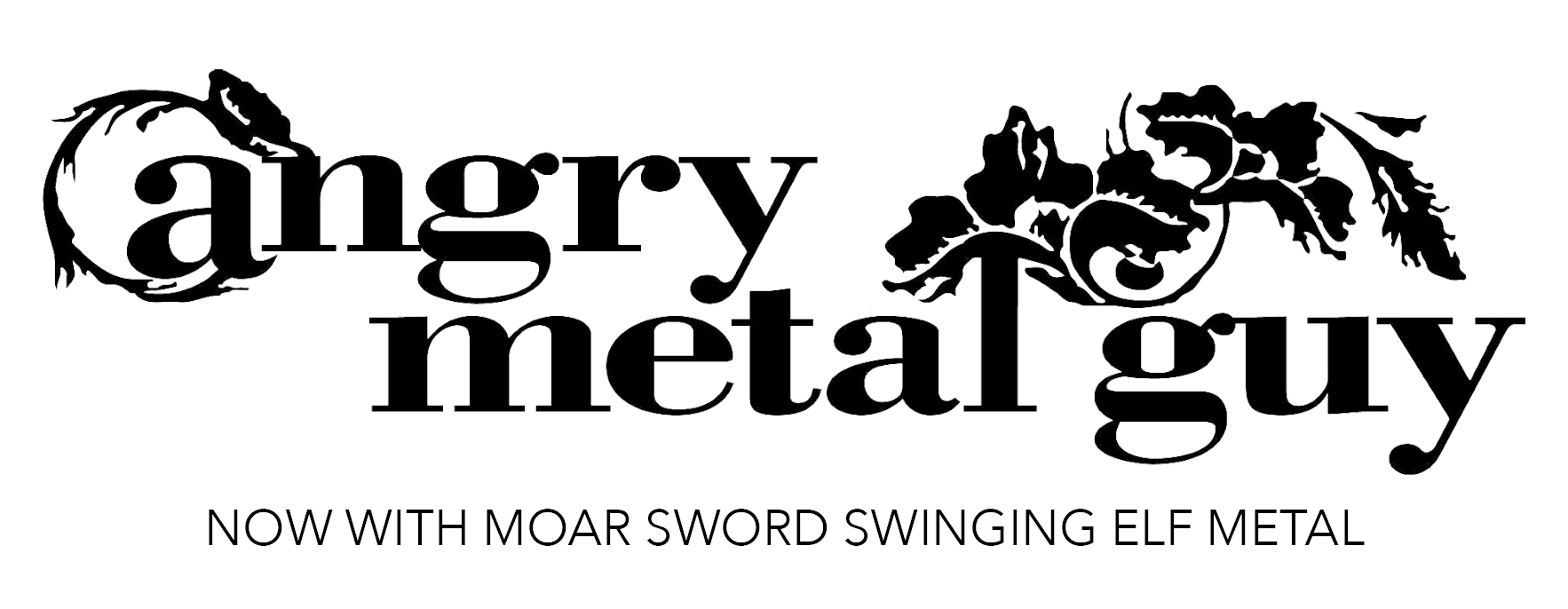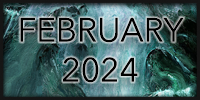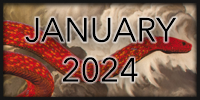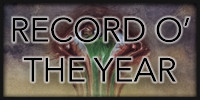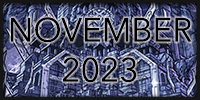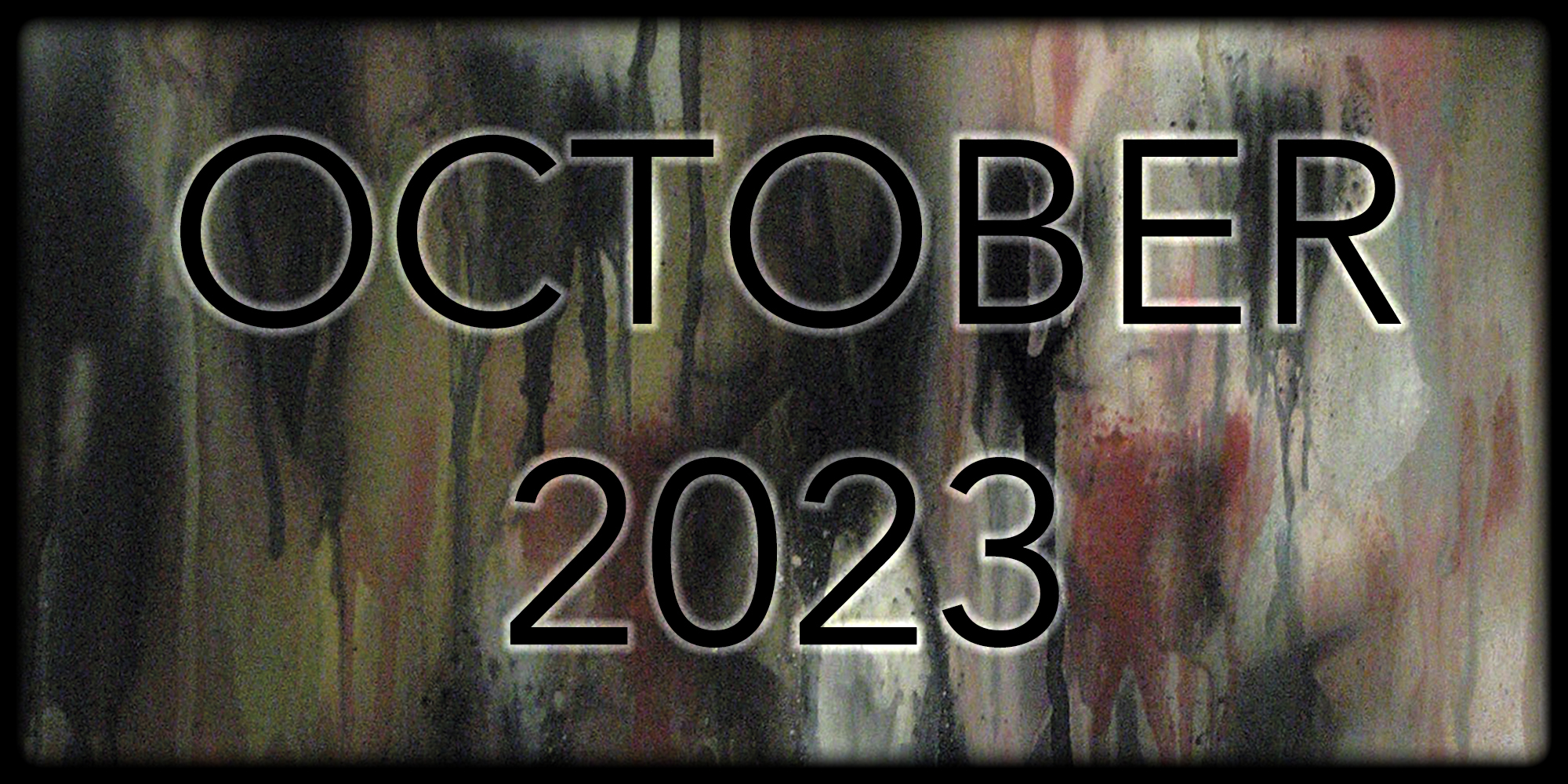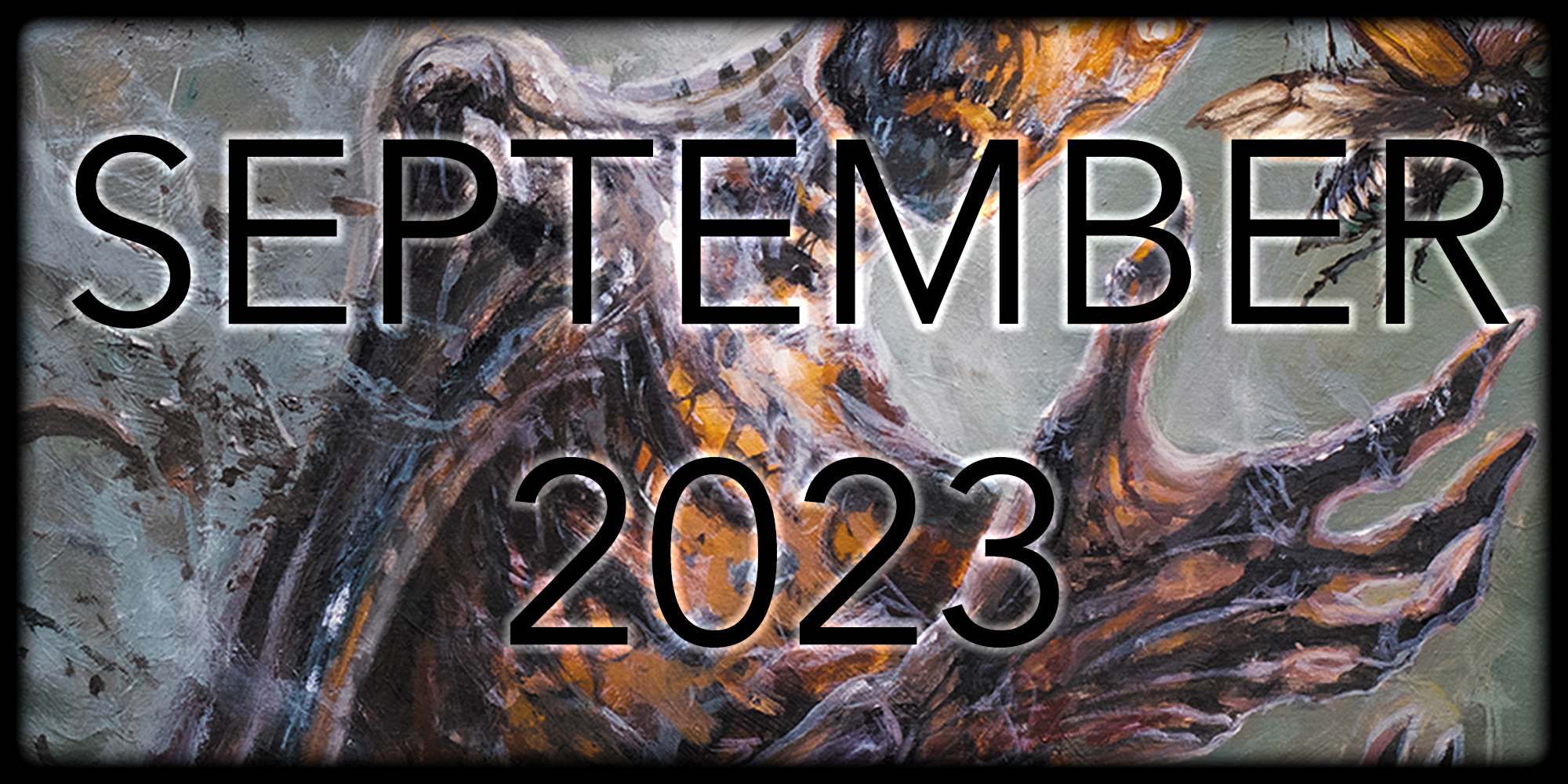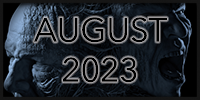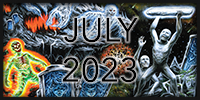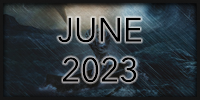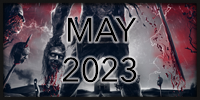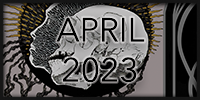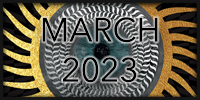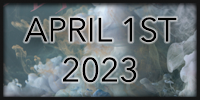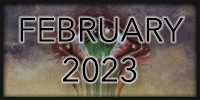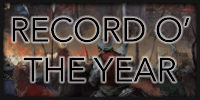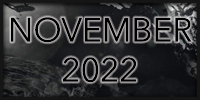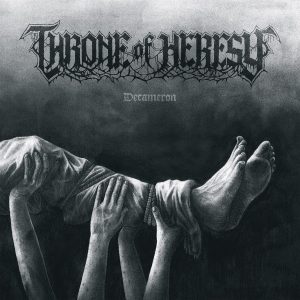 Antioch, the last album from Sweden’s Throne of Heresy, proved little more than its own existence. The “I riff therefore I am” approach to music did little to impress, and despite good pacing and a few fun songs, It was brought down by an uninteresting Swedeath sound and even more uninteresting boilerplate lyrics. Having thus consigned Throne of Heresy to the ignominy of the 2.5, I found myself not terribly interested in listening to their latest. Yet in my supreme magnanimity, I decided to give the band another chance with Decameron, and well I should have. While it’s not a spectacular turnaround for the band, Decameron rises head-and-shoulders above Antioch, with better songs, vastly more interesting lyrics, and a sound that’s a step ahead of its predecessor.
Antioch, the last album from Sweden’s Throne of Heresy, proved little more than its own existence. The “I riff therefore I am” approach to music did little to impress, and despite good pacing and a few fun songs, It was brought down by an uninteresting Swedeath sound and even more uninteresting boilerplate lyrics. Having thus consigned Throne of Heresy to the ignominy of the 2.5, I found myself not terribly interested in listening to their latest. Yet in my supreme magnanimity, I decided to give the band another chance with Decameron, and well I should have. While it’s not a spectacular turnaround for the band, Decameron rises head-and-shoulders above Antioch, with better songs, vastly more interesting lyrics, and a sound that’s a step ahead of its predecessor.
Gone are the Stockholm trappings of Antioch; Decameron’s sound is a new direction for Throne of Heresy, and the shift to a melodic death metal style has done the album wonders. The Bloodbath worship of yesteryear is behind the band now, and they start things off on the right foot with “The Shores of Issyk-Kul.” While not a stunner, “The Shores of Issyk-Kul” is a more than capable introduction for the album’s sound and lyrical concept. The former of those is heavily indebted to Amon Amarth but with occasional black metal/Swedeath antics, and the latter is an exploration of the history and devastation of the black death1.
In a welcome display of artistry, Throne of Heresy took time to garnish the songs of Decameron with melodies and motifs that reflect their historical inspiration. “The Siege of Caffa” utilizes a Turkish/Eastern European influence early on among a marching snare, and the song does a good job of conveying a sense of place as well as a one of desperation. Later on, “Alvastra” does its inspiration service with a quick choral interlude. These moments really are memorable – I would go so far as to say inspired – and they totally shape the album around themselves. It’s these landmarks that help make Decameron feel like more than just a collection of songs. Ending the album’s journey, “The Pale Burden” sweeps together a cinematic arc of the kind that just isn’t present on many death metal albums.
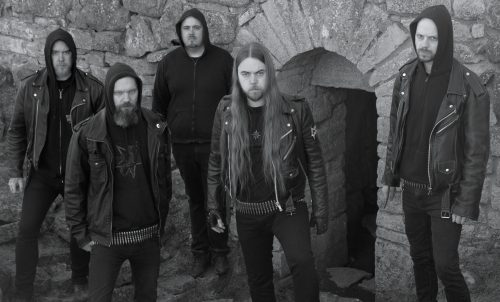
There’s a lot to like about Decameron, and during my first few listens I nearly overlooked its biggest flaws because of my surprise at just that. As before, the band write songs which are for the most part easy to follow and concise, and they spread the most compelling moments across the album. But at times the meat of Decameron feels a bit lacking, as the band just don’t seem to have the wealth of good riffage needed to sustain excitement in between the more interesting passages. Yet for a death metal album that’s much more vanilla than my usual fare, I came away from Decameron content with it after each listen. Sure, Throne of Heresy’s riff game could use some heavy drilling, but it’s really fun to listen to an album with strong melodies and songs that have me periodically checking Wikipedia. It reminds me of my first experiences with older Nile records.
While Decameron’s musical approach is about as middle-of-the-road as death metal gets, Throne of Heresy’s decision to go all Sabaton and write a historically-inspired concept album was a great choice. I can honestly say that I’ll reach for this the next time a vague Amon Amarth craving comes over me, and though that’s not often these days, I can still appreciate a quality album despite the played out melodeath sound. Decameron’s greatest achievement is how satisfied it leaves a listener after the whole ordeal is through; it’s not the moment-to-moment riffs but the musical and conceptual arc that make Decameron worthwhile.
Rating: 3.5/5.0
DR: 5 | Format Reviewed: 320 kbps mp3
Label: The Sign Records
Websites: throneofheresy.bandcamp.com | facebook.com/throneofheresy
Releases Worldwide: November 3rd, 2017
